In the first article of a three-part series, Markus Firla looks at a Beautifil II LS universal composite in detail. Here’s his first experience with this new material for anterior restorations.
Shofu, the Japanese developer and manufacturer of dental materials, claims to set new standards for the aesthetic and physical properties of direct, adhesive, pasty resin-based restoratives – with Beautifil II LS, a universal composite launched in Europe early this year. My first clinical experience with the new material confirms this statement.
Beautifil II LS is a pasty composite designed for direct adhesive restorations of all cavity classes. Its exceptional material properties allow dentists to safely restore both occlusal stress bearing areas of posterior teeth and highly stressed incisal edges, cusps or corners of anterior teeth.
The unlimited versatility of this new submicron hybrid composite, from which clinicians can greatly benefit, is also reflected in the optimised shade and light effects of restorations in situ. Although enamel and dentine are quite different structures, the material optimally combines their light-optical and physical characteristics, so that users can work with a relatively small range of shades. These shades are based on the Vita Classical system, and thanks to their special translucency they blend very well with the tooth structure in cavities with dentine margins, or also with enamel margins only.
For more complex restorations, which may need biomimetic shade and light-transmission (opacity) effects, Beautifil II LS includes the opaque shades A2O, A3O and BW (bleach white). And Beautifil II LS Inc (incisal) can be used when highly translucent composite layers are needed. This material is characterised by a combination of low chroma, low value, and excellent light refraction and reflection, making it a highly aesthetic ‘all-round translucency composite’.
Remarkable material properties
Beautifil II LS is the optimised successor to the well-known and clinically proven Beautifil II, which is also a highly viscous hybrid composite. According to the manufacturer, the new universal composite features an extremely low polymerisation shrinkage value of 0.85% by volume, going hand in hand with a shrinkage stress value of only 10.9 MPa, which is really remarkable. Because, as we all know, the contraction of composites during polymerisation leads to a loss of volume and the development of tensile forces and stresses, which may compromise restoration integrity in the short, medium or even long term.
These phenomena may cause marginal imperfections, eg, gap formation between the restoration and the tooth structure or discolourations at the restoration-tooth interface, resulting in recurrent caries and/or even microscopic or macroscopic cracking of the natural tooth structure.
The outstanding material properties, and especially the low shrinkage, of Beautifil II LS are primarily due to a high filler load, the use of pre-polymers, and an innovative, long-chained, chemically optimised organic monomer (ML-01) with a high molecular weight, which basically makes up the organic matrix and reliably polymerises. Safe chemical bonds are also formed between these monomers and conditioned cavity surfaces or natural tooth surfaces that need to be built up.
Equally important, perfect bonds are created between the organic matrix and the surfaces of the filler particles used in Beautifil II LS. The filler load of Beautifil II LS is 83% by weight, and the mean particle size is 0.4µm. So the material can be described as a submicron hybrid composite, with all the physico-mechanical benefits of this type of restorative.
The filler is made of Shofu’s proprietary giomer particles, which ensure excellent material properties and are also used in Beautifil II, Beautifil Flow, Beautifil Flow Plus and Beautifil-Bulk (these surface pre-reacted, 10-20nm glass fillers will be described in part two ‘posterior restorations’ of this trilogy of user reports). The size distribution of the inorganic filler particles substantially contributes to the fact that the polymerisation shrinkage of Beautifil II LS is less than 1% by volume. The sophisticated combination of various particle sizes and the addition of pre-polymerised composite agglomerates, also used in different sizes, smartly minimise the shrinkage of this composite restorative.
Positive experience through and through
Having used Beautifil II LS extensively, I can confirm that it really is an all-round material for direct adhesive anterior restorations, the aspect discussed in this article. What makes this new composite very advantageous in clinical use is the fact that even large cavities can be restored using only one shade, thanks to the above-mentioned physical and aesthetic properties. In short it is a highly recommendable product.
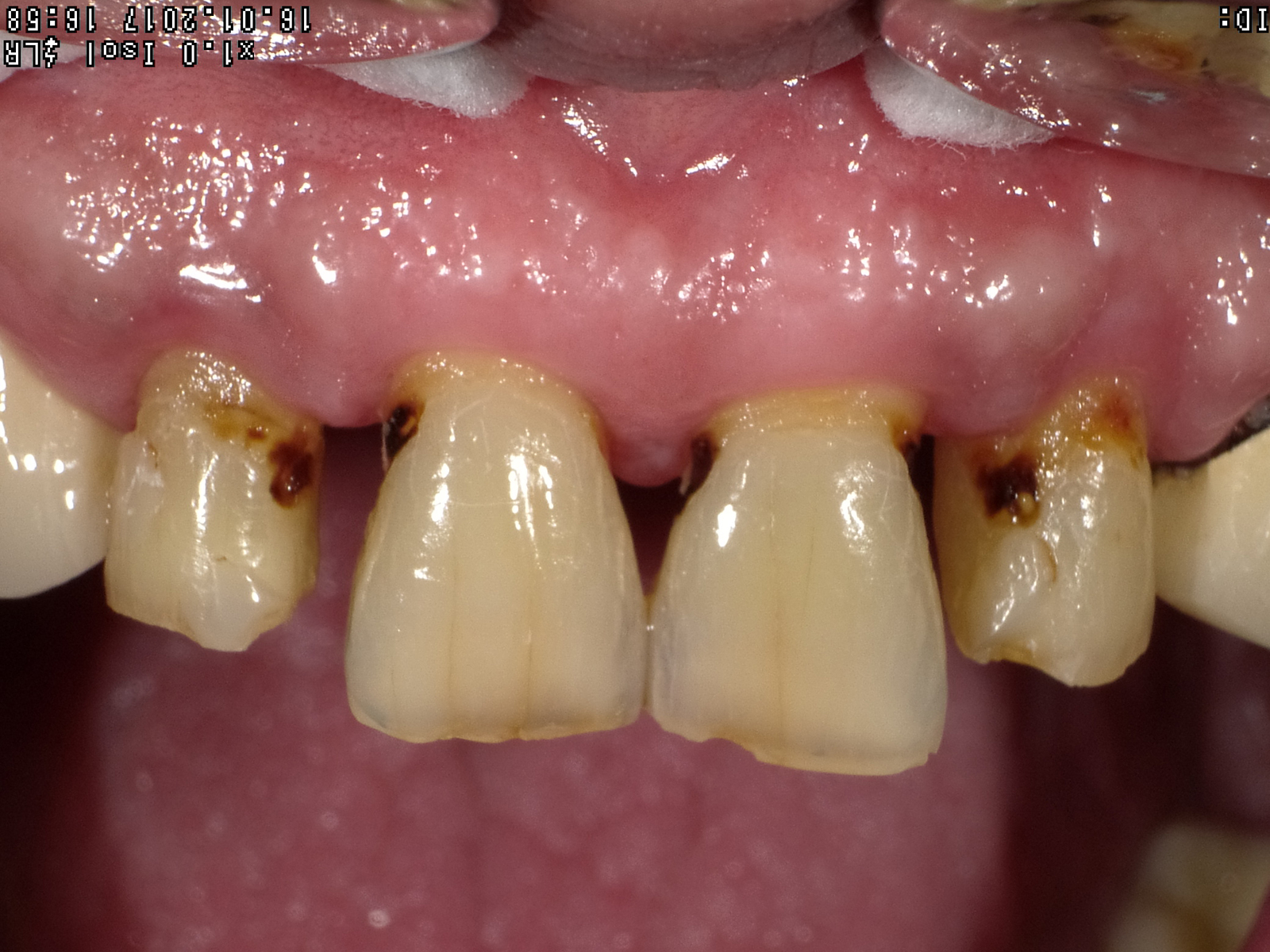
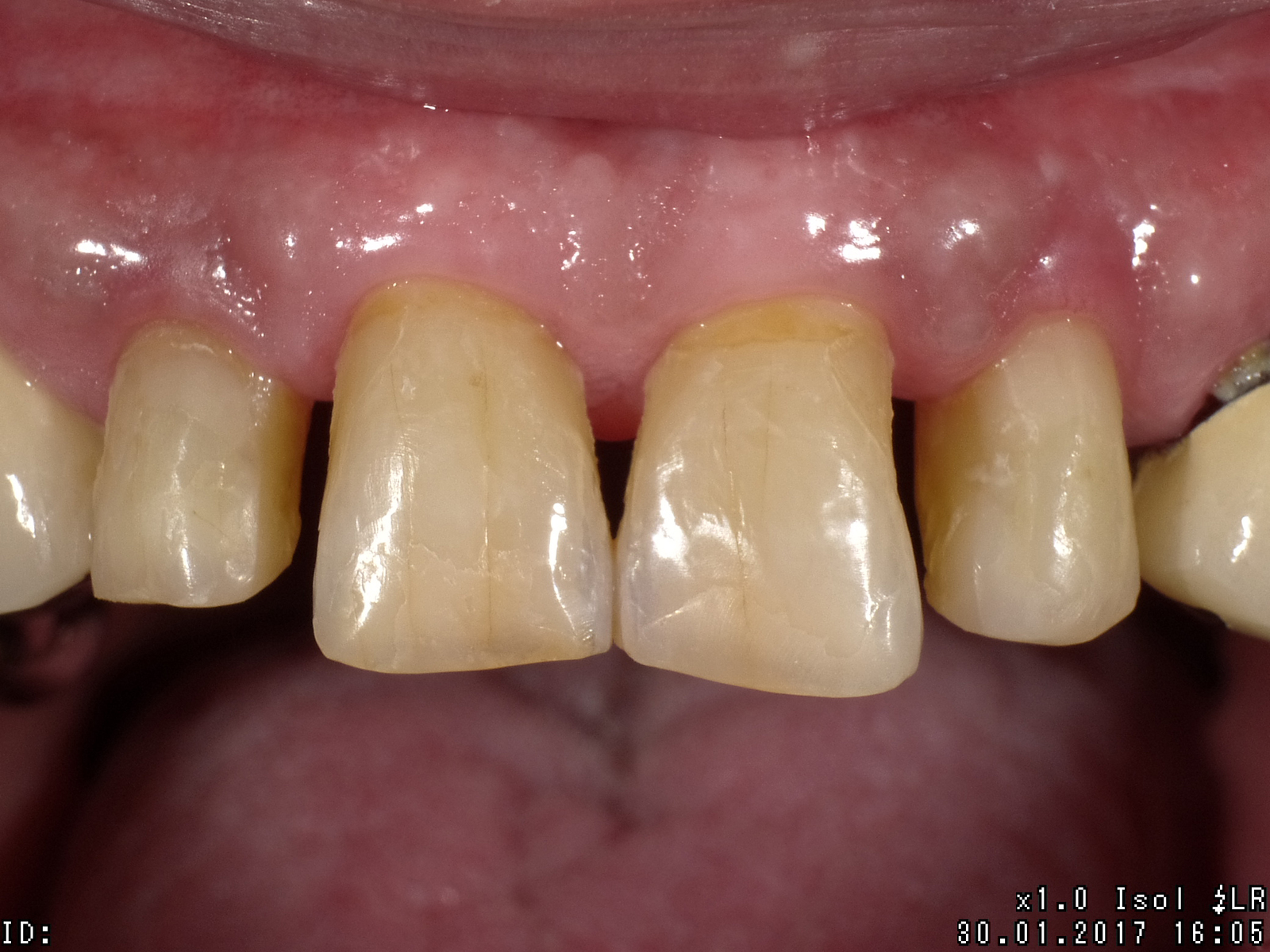
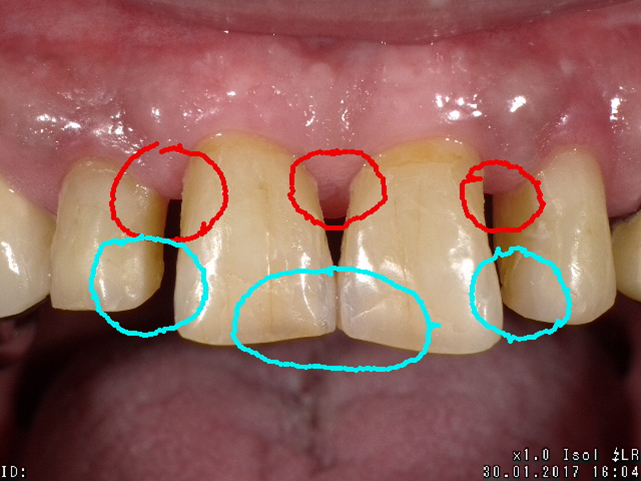
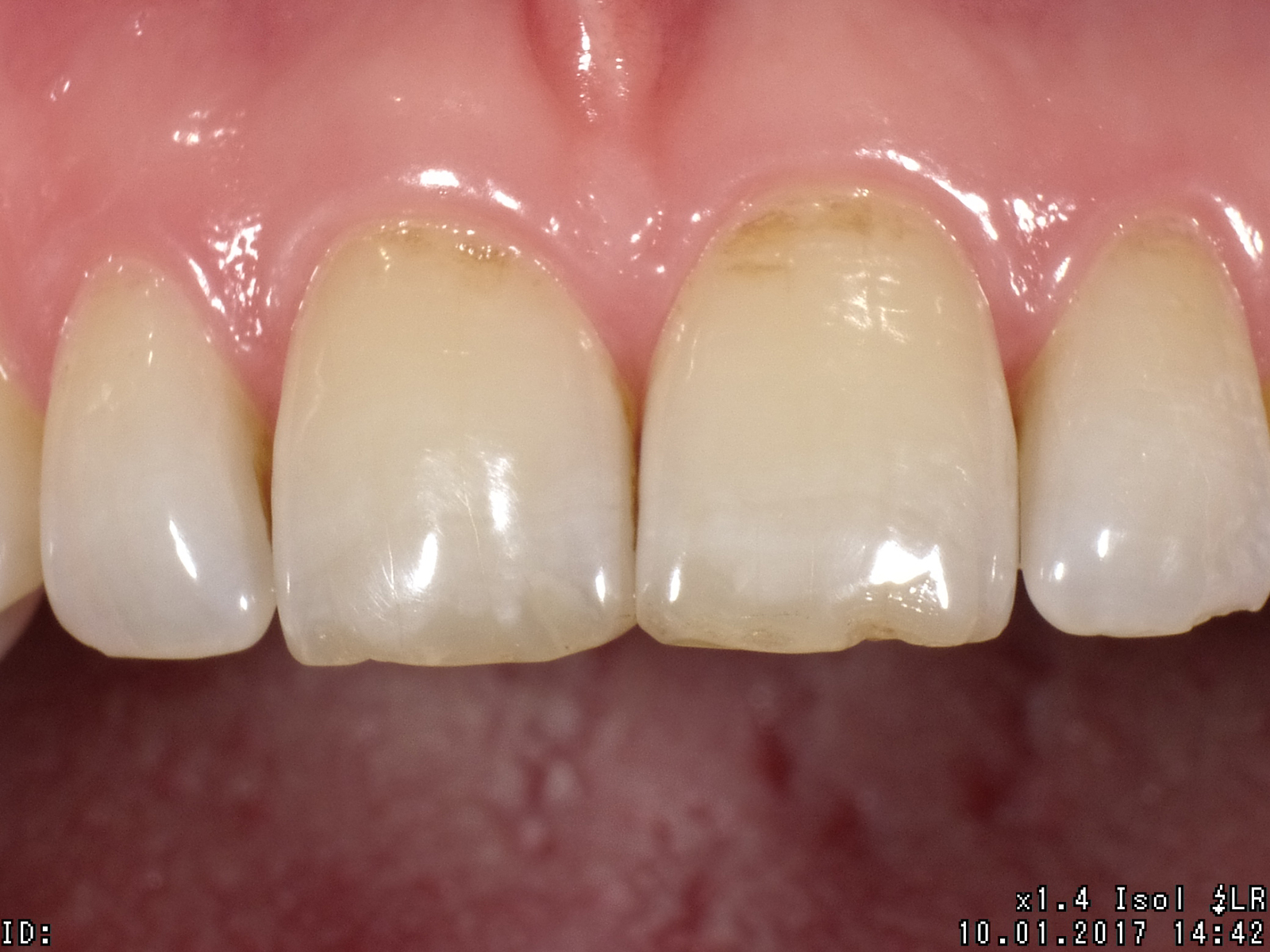
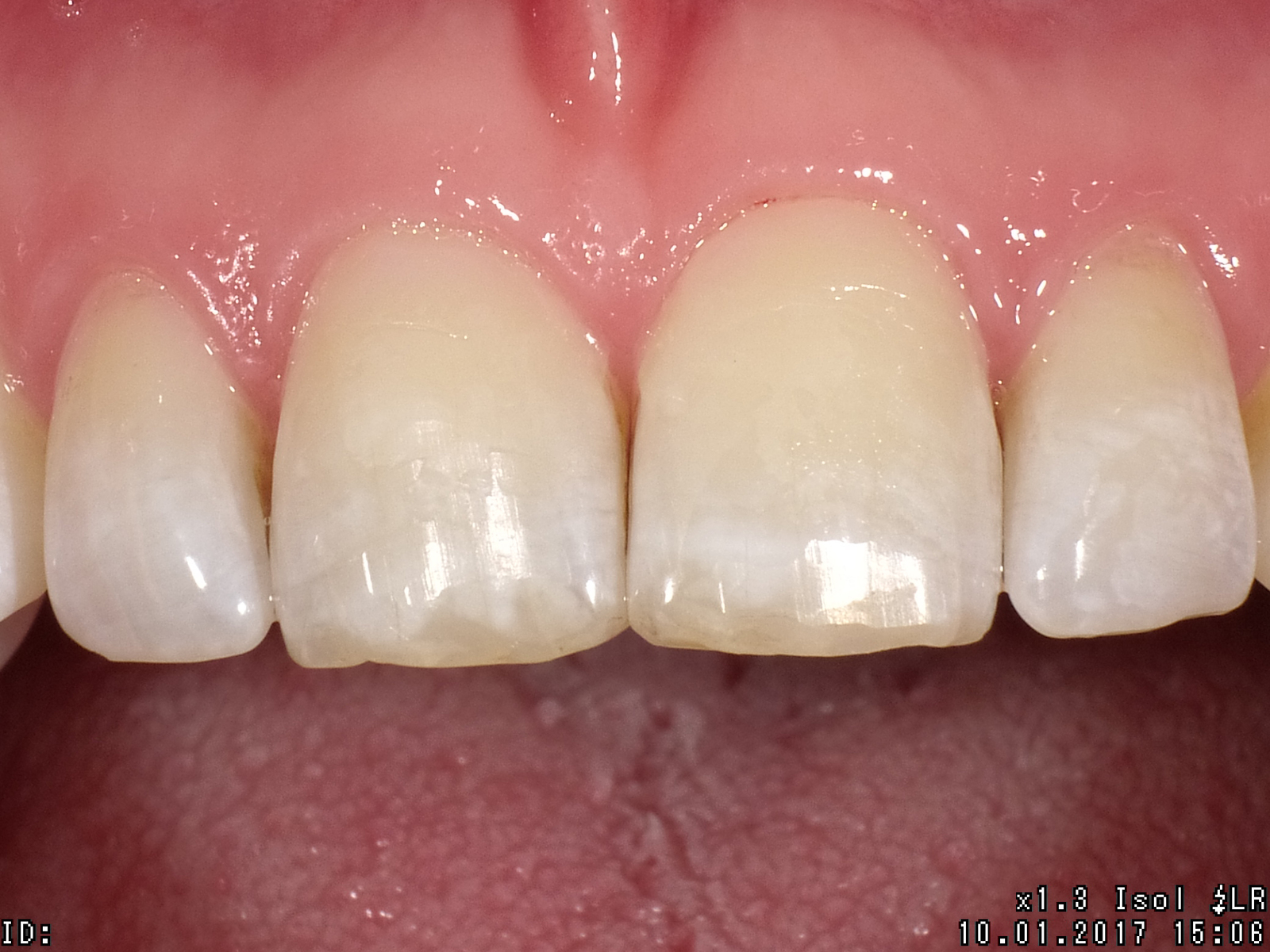
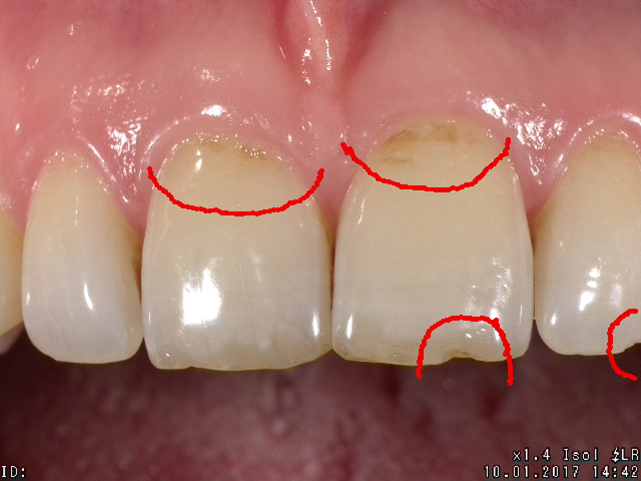
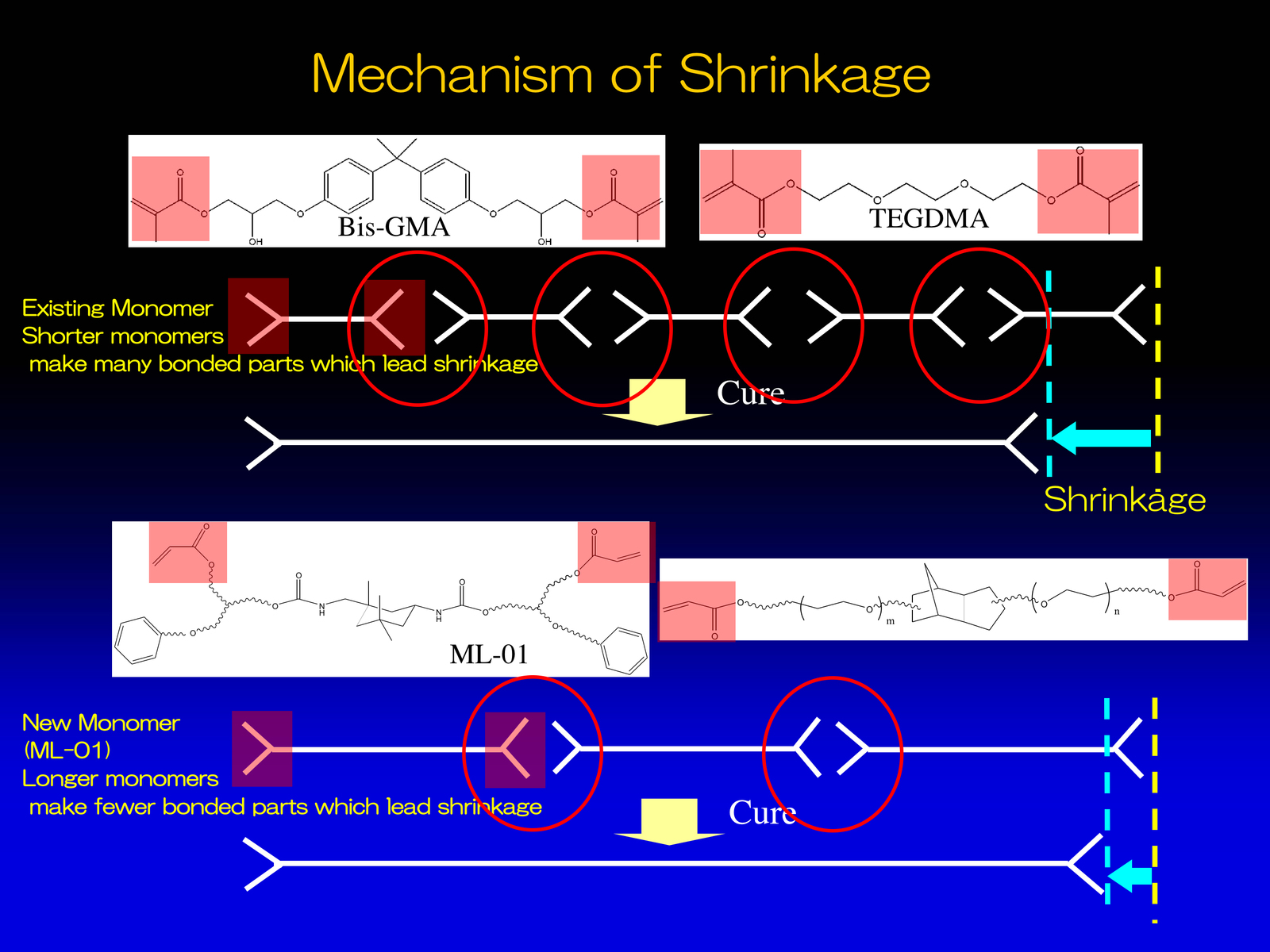
Further reading
For a further reading list contact [email protected].
For further details contact the Shofu office 01732 783580 or [email protected].


